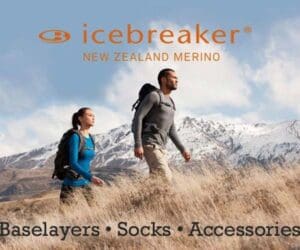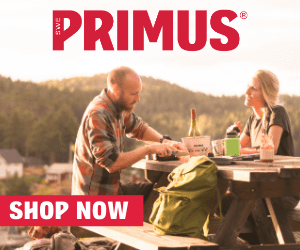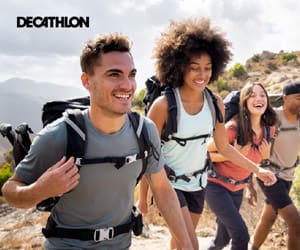In this modern era of smartphones and GPS devices, you might wonder why you would need a compass for hiking. Whether you are a seasoned hiker or a beginner, one essential tool you should never leave behind is a compass. A compass is an essential tool for outdoor navigation and can be incredibly valuable in many situations.
Here’s several reasons to use a compass for hiking
Directional orientation
A compass helps you determine the four cardinal directions – north, south, east, and west. This is especially useful when navigating through unfamiliar terrain, such as dense forests, remote wilderness areas, or when visibility is poor due to weather conditions.
Route planning
With a compass, you can plan and follow a specific route or bearing to reach your destination accurately. It allows you to navigate along trails, across open fields, or over mountains by following a predetermined direction.
Backup navigation
In outdoor environments, technology such as GPS devices or smartphones may not always be reliable due to battery life, signal loss, or other technical issues. If you don’t use a map and compass as your primary navigation tools, a compass serves as a reliable backup navigation tool that does not require batteries or signals and can be used in remote or off-grid locations.
Emergency situations
In case of emergencies, a compass can help you find your way back to safety or locate nearby landmarks, roads, or water sources. It can be a lifesaver if you become lost or disoriented during an outdoor adventure.
Declination correction
A compass allows you to correct for declination, which is the difference between true north and magnetic north. This is crucial for accurate navigation, as failure to account for declination can result in incorrect bearings and lead you off-course.
Off-trail navigation
When venturing off-trail or exploring areas without well-defined paths, a compass can help you maintain your sense of direction and avoid getting lost. It enables you to navigate through rugged terrain, dense forests, or open deserts where landmarks may be scarce.
Wilderness skills
Learning how to use a compass is an essential wilderness skill that can enhance your outdoor knowledge and self-reliance. It empowers you to navigate with confidence, explore new areas, and develop a better understanding of the natural environment.
Map reading
Hiking with a compass also requires understanding how to read a topographic map. Together, a compass and a map form a powerful navigation system. You can use the compass to orient the map, plot your location, measure distances, and determine the direction of your destination. Map reading skills combined with compass navigation can significantly enhance your hiking experience and open up new opportunities for exploration.
Your own safety
Hiking trails can be complex, and it’s easy to get disoriented, especially in unfamiliar terrain. A compass can provide you with a sense of direction and help you stay on track. If you happen to lose your way or encounter an unexpected situation, a compass can be a lifesaver. It can help you navigate back to the main trail or find the nearest road or civilisation.
Why use a compass for hiking?
A compass is a valuable tool for outdoor navigation, providing directional orientation, route planning, backup navigation, emergency preparedness, declination correction, off-trail navigation, and wilderness skills. Whether you’re an avid hiker, camper, backpacker, or adventurer, a reliable compass should be a part of your essential outdoor gear to ensure safe and successful journeys.
Photo: My boys learning to use a map and compass at Werribee Gorge, Victoria












Yep.
Love that pic of my boys learning how to use a map and compass at Werribee Gorge (Vic).
Compasses don’t run out of battery 🪫:)
Hannah Bnana I just checked mine. It doesn’t even have a battery 🙂
Being constantly aware of your surroundings, sun positioning, terrain is just as important
Rod Riguez ansolutely. I’ve written an article about the importance of observation here. https://www.trailhiking.com.au/navigation/navigating-the-trails-the-art-of-observation-when-hiking/
Rod Riguez well said. When I first took my twins into the forest at the back of our property, the first thing I taught them was to look at what’s around them and “bread crumbing.”
Juzee Celentane agree. It’s one of the most important aspects of navigation.